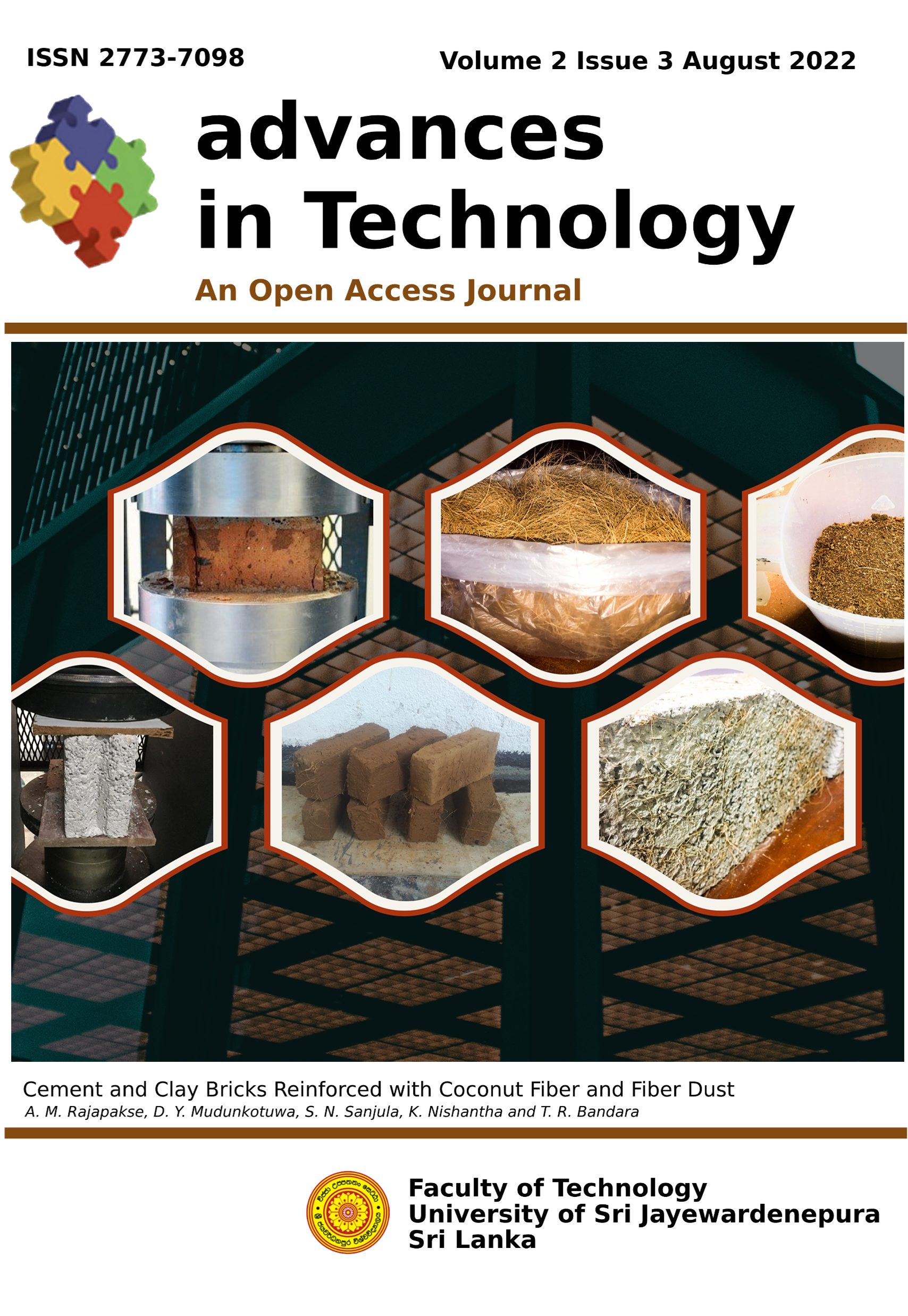Artificial Intelligence for Healthcare Systems of Developing World: Opportunities and Risks
DOI:
https://doi.org/10.31357/ait.v2i3.5996Abstract
Artificial Intelligence (AI) is now everywhere. It refers to systems that demonstrate intelligent behavior, such as the ability to analyze their environment to take action that is typically displayed by humans and animals. AI-embedded devices possess the ability to learn through example scenarios and past data presented to the system. The word AI was first introduced to the research community in 1956 at a conference at Dartmouth College in the United States [1]. With time, the AI industry expanded from data to information, then to knowledge, and ultimately to intelligence. Due to the depth and breadth of learning capacity associated with AI technologies, today it has become one of the hottest research areas, finding applications in but not limited to computer vision, marketing, industrial automation, big data, and the Internet of things (IOT).
Downloads
Published
How to Cite
License
Copyright (c) 2022 Editor -Advances in Technology; Maheshi Dissanayake

This work is licensed under a Creative Commons Attribution-NonCommercial-NoDerivatives 4.0 International License.
The Authors hold the copyright of their manuscripts, and all articles are circulated under the terms of the Creative Commons Attribution License, which permits unrestricted use, distribution, and reproduction in any medium, as long as that the original work is properly cited.
The use of general descriptive names, trade names, trademarks, and so forth in this publication, even if not specifically identified, does not imply that these names are not protected by the relevant laws and regulations. The authors are responsible for securing any permissions needed for the reuse of copyrighted materials included in the manuscript.





